Guest post by Tacy Lambiase, Climate Communications and Storytelling Manager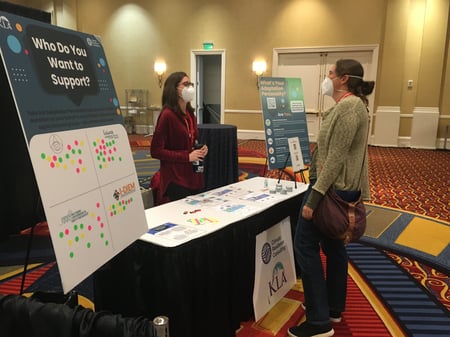 Last month, I had the opportunity to connect with many passionate, smart, and hardworking climate professionals at the 5th National Adaptation Forum in Baltimore. More than 800 people attended – a record turnout – to share their ideas, strategies, successes, and challenges with preparing our world for a rapidly changing climate.
Last month, I had the opportunity to connect with many passionate, smart, and hardworking climate professionals at the 5th National Adaptation Forum in Baltimore. More than 800 people attended – a record turnout – to share their ideas, strategies, successes, and challenges with preparing our world for a rapidly changing climate.
The KLA and Climate Resilience Consulting (CRC) teams also had the chance to meet and network with many attendees at our interactive booth. (If you haven’t already, take our quick quiz to find out which adaptation strategy matches your personality!)
Couldn’t attend this year’s event? Check out the 2022 program; NAF will be posting videos and summaries of the main sessions later this month. We also talked about KLA's equity-centered approach to resilience planning and our work with clients from Cambridge, MA, to Clark County, NV, in a recent blog post. And we compiled the KLA and CRC resources from NAF on this page.
1. Hail to Thee, Maryland
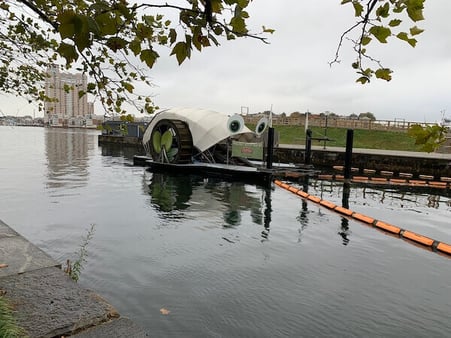
As a Maryland resident and graduate of UMD, I have a LOT of Maryland Pride. So yes, I know that I’m biased when I say that Baltimore was the perfect location for NAF. But hear me out: Maryland is a national leader on climate policy. As representatives from the state and Baltimore’s Office of Sustainability noted during the opening plenary, Maryland has set the most aggressive GHG emissions reduction target in the nation (60% reduction by 2031 and net-zero emissions by 2045). Baltimore's Community Resiliency Hub Program has become a model for communities across the county. And, docked in the Baltimore Harbor outside of the conference hotel was a particularly fun steward of the City’s commitment to clean water and sustainability: Mr. Trash Wheel!
2. We Don’t Talk about Bruno – I Mean, Climate Change
As a climate communications professional, I was excited to see Dr. Katharine Hayhoe virtually participate in a session called “Moving From Facts and Fear To Storytelling: Changing The Climate Narrative.” Dr. Hayhoe has long championed the concept of simply talking about climate change as an effective way to decrease fear and apathy and encourage action and engagement instead. The problem? Only 35% of Americans even talk about climate change occasionally. Her recommendation? We need to start talking about climate change in terms of the places we love, the things we love and love to do, and the people we love. If we don’t talk about how those things will be impacted by climate change, we are going to be a lot less likely to care.
Need help with starting those important conversations? We've got you covered with our Climate Conversation Guide. 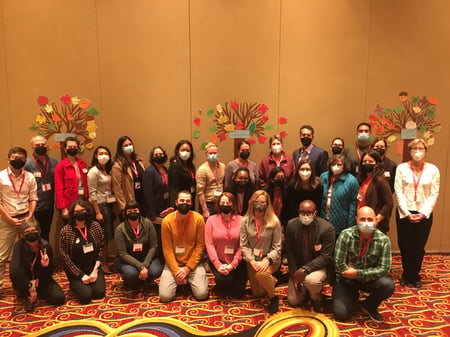 3. Lead with Listening
3. Lead with Listening
How can we ensure that when community members speak, their words and ideas aren't overlooked? I had the opportunity to pose this big question to attendees during a pre-forum workshop that KLA facilitated with CRC, Adaptation International, I-DIEM, One Architecture and Urbanism, and the EPA (particpants shown here). We discussed how to build listening into organizational operations and tips for listening better and more effectively.
This conversation was echoed in a session with the Climigration Network, “Lead with Listening - A Guidebook to Facilitate Community Conversations for Equitable Relocation.” Leading with listening is about creating a safe space for people to have difficult conversations about climate change, instead of telling communities where to relocate after a natural disaster or how you think they should adapt.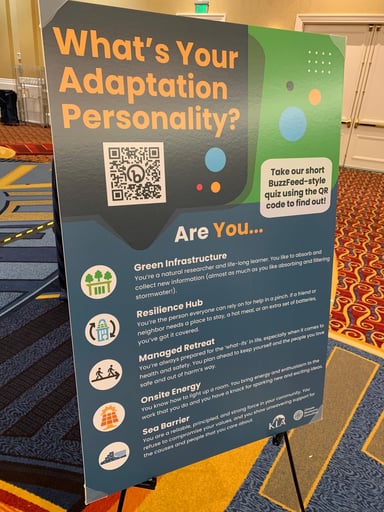 4. Buzzfeed-Style Quizzes Are Still Fun (and Surprisingly Difficult?)
4. Buzzfeed-Style Quizzes Are Still Fun (and Surprisingly Difficult?)
At the KLA and CRC booth, we asked attendees to take a Buzzfeed-style Adaptation Personality Quiz to determine reveal which adaptation strategy – green infrastructure, managed retreat, onsite energy, resilience hub, or sea barrier – best matches their personality. Attendees were asked to imagine themselves as the Director of Sustainability and Resilience for their city and answer five simple questions about what they would do to help their community adapt to climate change. Now, this quiz was created purely for fun, but quite a few NAF attendees had a hard time selecting just one answer to some of our questions! “But…we should be doing all of these things!” one attendee exclaimed when asked to select just one resilience project to implement. So true, and representative of attendees at NAF: thoughtful, caring people who want to do everything they can to make their communities better.
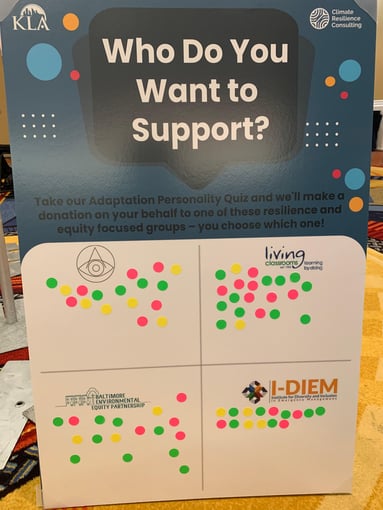 5. People Want to Give, Not Get
5. People Want to Give, Not Get
At previous conferences where we had an exhibit hall booth, we have given away a variety of KLA-branded “swag.” We tried to make the things useful (like notebooks) and more sustainable (reusable straws), but they were just things. Reading this article (“Can we finally kill off cheap, disposable conference swag”) as we prepared for NAF, we knew we needed to really walk the talk. So at the KLA and CRC booth, people were invited to take a fun (see #4) “adaptation personality quiz.” Everyone who completed the quiz got to vote for one of four equity and resilience focused nonprofits for us to donate to on their behalf: Anthropocene Alliance, Baltimore Environmental Equity Partnership, I-DIEM (Institute for Diversity and Inclusion in Emergency Management), and Living Classrooms.
In the end, we donated $1,000 total to these groups, and the only thing people walked away with (in addition to a sticker to proudly share their personality) was a good feeling. We got tons of positive feedback about this approach and hope that others consider taking the money you would have spent on things and redirect it to an effort of this nature. A huge impact made possible by a simple swap-out at the conference table.
6. The Field is Growing and Needs Everyone
If NAF is any indication, the climate adaptation field is growing rapidly. But that doesn’t mean that we have all the right folks at the table, at least not yet. Justice, Equity, Diversity, and Inclusion (also known as JEDI) were themes that ran across the entire forum. The adaptation field, and everyone in it, must work harder to include and center more voices from historically marginalized groups – specifically Black, Indigenous, and other communities of color on the front lines of climate change. During the opening plenary, Secretary of the U.S. Department of the Interior Deb Haaland highlighted the importance of Indigenous knowledge as an “invaluable resource” in the face of climate change and drove home the importance of working together “to leave behind a livable planet for future generations.”
NAF was a blast. I met mentors and friends in person who I had only previously met virtually. And I met many more incredible people who are shaping the future of our communities and ensuring that all people can thrive in the face of climate change. I’m already looking forward to NAF 2023!
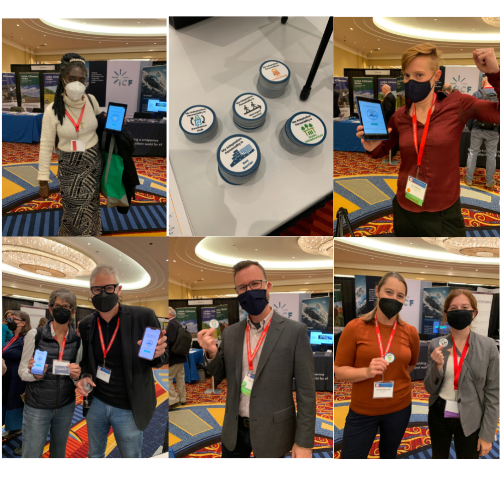
Did you miss meeting Tacy at NAF? Get to know her here:


